So, you’ve discovered an unsightly dent on your car, and now you’re faced with whether to attempt a DIY dent repair or hire a professional PDR (Paintless Dent Repair) service. Before you grab your tools or make that phone call, let’s weigh the pros and cons of each option.
Dents are an unfortunate reality of owning a car. They can be a real eyesore, whether from a minor fender bender or a rogue shopping cart. But the good news is you have options for repairing it. In this blog post, we’ll explore the differences between DIY dent repair vs. professional PDR, so you can decide which route is best for you and your wallet.
- What is Dent Repair?
- DIY vs. Professional Dent Repair
- Special Tools Needed for DIY Dent Repair
- Benefits of Doing It Yourself
- Limitations of Doing It Yourself
- Types of Dents That Can Be Repaired with DIY Methods
- Professional Paintless Dent Repair (PDR) Services
- Advantages of Hiring a Professional PDR Service Provider
- Different Types of Damage That Can Be Repaired by PDR Services
- Estimating the Cost of Professional PDR Services
- How to Find a Qualified PDR Shop Near You
- Conclusion
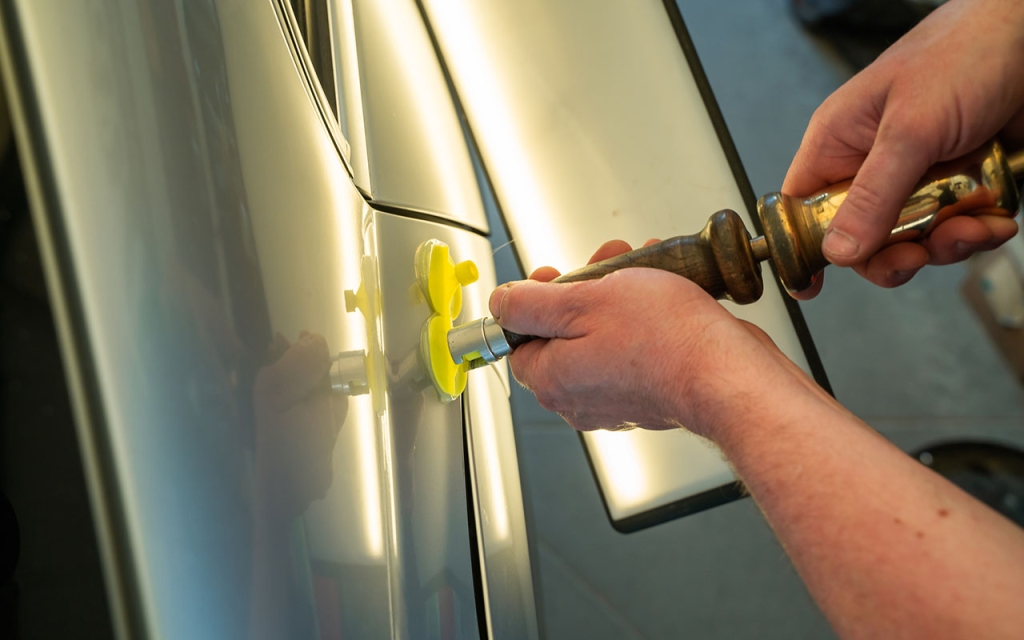
What is Dent Repair?
This is the process of restoring a vehicle’s body panel to its original shape and condition after it has been dented or damaged. This can be done through various techniques, such as PDR, which involves manipulating the metal from the panel’s backside to push it out without repainting.
Dent repair is commonly used to fix dents caused by accidents, parking lot mishaps, hail damage, and other minor collisions. It is a cost-effective alternative to traditional body repair methods, often requiring less time, materials, and labor. These repairs improve the vehicle’s appearance but also help maintain its resale value.
DIY vs. Professional Dent Repair
When it comes to dent repair, Individuals often decide whether to attempt a DIY repair or seek professional (PDR) services. While both options have pros and cons, it is crucial to consider the complexity and severity of the damage, as well as one’s skill level and access to tools.
Here are some key points to consider when comparing DIY repair to professional PDR:
DIY Repair:
- Cost-effective: DIY repairs can save money compared to professional services, as it eliminates labor costs.
- Convenience: DIY repair allows individuals to repair the damage at their convenience without the need to schedule appointments or visit a repair shop.
- Learning experience: Attempting a DIY repair can be a valuable learning experience, providing individuals with a sense of accomplishment and new skills.
Professional PDR:
- Expertise and precision: Professional PDR technicians possess the knowledge, experience, and specialized tools required to effectively do repairs without damaging the original paint job or underlying structure of the vehicle.
- Time-saving: Professional PDR services can often complete repairs more quickly and efficiently than DIY methods, as technicians are experienced and equipped to handle a variety of dent types and sizes.
- Warranty and guarantee: Many professional PDR services offer warranties or guarantees on their work, providing peace of mind and assurance that the repair will be done to a high standard.
Ultimately, the choice between DIY dent repair and professional PDR depends on the individual’s comfort level, skill set, and the severity of the damage. While DIY methods may be suitable for minor dents and those with experience or access to the necessary tools, professional PDR services can provide higher expertise and precision, particularly for more complex or extensive dent repairs.
Special Tools Needed for DIY Dent Repair
1. Dent puller: An electro-magnetic dent puller is a crucial tool for DIY dent repair. It is used to apply pressure and pull it out from the vehicle’s body.
2. Glue dent puller: A glue dent puller is another essential tool that uses adhesive tabs and a hot glue gun to pull it out from the car’s surface.
3. DIY repair kit: A DIY dent repair kit typically includes various tools and materials needed for dent repairs, such as pullers, glue tabs, glue guns, and other accessories.
4. Dent removal tools: These removal tools are specialized tools designed to remove it from the car’s body, including pullers, slide hammers, suction cups, and body hammers.
5. Larger dent repair tools: For larger dents; additional tools may be required, such as a lifter or a dent hammer provides more leverage and strength to remove more significant damage.
6. Heat gun: A heat gun is used to apply heat to the dented area, allowing for easier manipulation and removal.
7. Body filler: Body filler is a material used to fill in and smooth out imperfections on the car’s surface after it has been pulled out.
8. Sandpaper and sanding block: Sandpaper and sanding block are essential for smoothing and preparing the surface before applying body filler or paint.
9. Paint and primer: Depending on the severity of the car’s surface damage, touch-up paint or primer may be needed to restore the car’s finish after the repair.
10. Safety equipment: Safety goggles, gloves, and protective clothing should be worn during the DIY dent repair process to protect against any potential hazards.
Benefits of Doing It Yourself
Doing DIY auto dent repair can have several benefits. Firstly, it can save you a significant amount of money. Professional dent repair services can be expensive, and you can avoid these costs by doing it yourself.
Additionally, DIY repairs give you more control over the process. You can take your time and ensure that the repair is done to your satisfaction. It also allows you to learn a new skill and gain a sense of accomplishment.
Moreover, DIY dent repair can be convenient as you can do it at your convenience without the need to schedule appointments or wait for a professional to become available.
Doing it yourself can be cost-effective, empowering, and convenient for addressing auto surface damage.
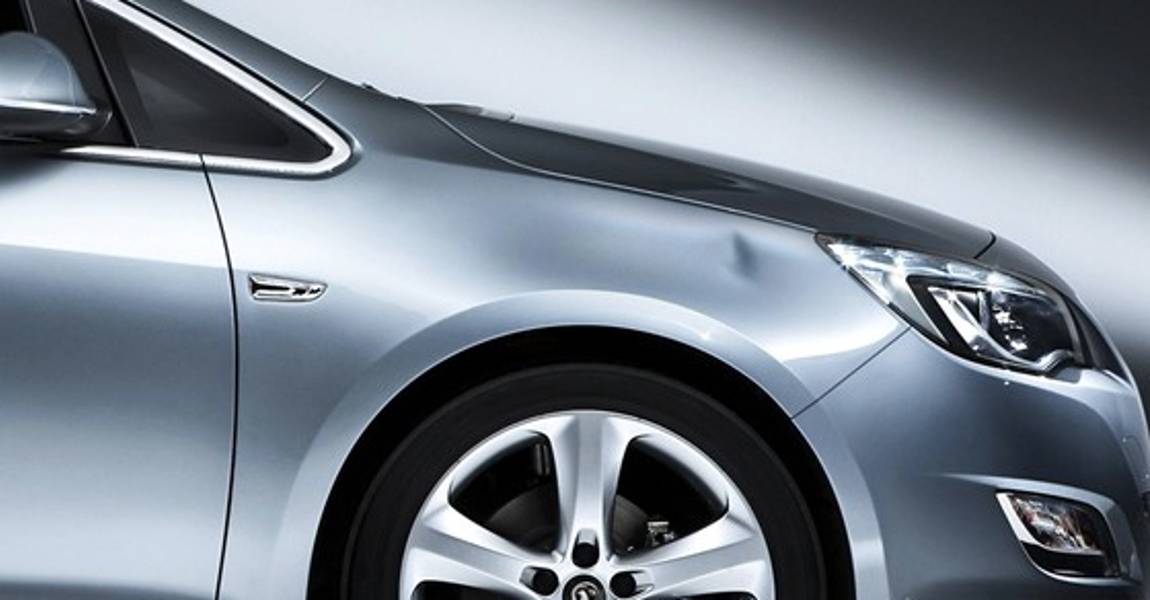
Limitations of Doing It Yourself
Doing it yourself auto repair has several limitations, especially when dealing with severe dents, structural damage, hail damage repair, and paint damage.
These damages may require professional expertise and specialized equipment for proper repair and restoration.
Severe dents and structural damage may involve underlying structural components critical for the vehicle’s safety and performance. Attempting to fix these issues without proper knowledge and tools can lead to further damage and compromise the vehicle’s structural integrity.
Similarly, hail damage repair requires specialized techniques to restore the vehicle’s surface without damaging the original paint.
DIY methods may not achieve the same precision and quality as professional techniques.
Additionally, paint damage, such as scratches or chipping requires professional expertise to match the exact color and finish of the vehicle, ensuring a seamless repair.
Attempting to do it yourself for complex dents, structural damage, hail damage repair, and paint damage can result in subpar repairs, potential safety hazards, and decreased vehicle value. It is advisable to seek professional assistance for these types of repairs.
Types of Dents That Can Be Repaired with DIY Methods
- Small indentations and dings caused by hail, parking lot mishaps, or minor accidents.
- Shallow dents with no creases or paint damage.
- Flat or easily accessible areas of the vehicle.
- Damage on metal panels that can be accessed from behind for push or pull methods.
Professional Paintless Dent Repair (PDR) Services
Professional Paintless Dent Repair (PDR) services are a cost-effective alternative to traditional repair methods for minor accidents, offering a dent repair company specializing in PDR without needing expensive repairs or repainting.
With PDR, skilled technicians can remove damage from vehicles using specialized automotive dent removal tools and techniques, saving customers time and money compared to traditional repair options.
Advantages of Hiring a Professional PDR Service Provider
Hiring a professional PDR service provider ensures that bad dent repairs are avoided, as these professionals have the necessary expertise and training to perform high-quality automobile dent repairs.
Additionally, when working with a professional, they can assist in dealing with the insurance company, making the process smoother and more efficient.
Unlike an auto body shop that may resort to extensive damage and costly auto body repairs, a professional PDR service provider can use their proper training and techniques to remove it without compromising the vehicle’s integrity.
Different Types of Damage That Can Be Repaired by PDR Services
Different types of damage that PDR services can repair, including minor damage such as surface damage and dings and damage to plastic panels. PDR is a cost-effective and efficient solution for repairing these types of damages, preserving the original paint and finish of the vehicle.
- Roof dents: PDR services can effectively repair the roof of a vehicle, restoring its original appearance and preventing further damage.
- Simple dents: PDR services can fix damage, such as those caused by hail or minor collisions, without needing paint or bodywork. This helps maintain the vehicle’s appearance and saves costs on more extensive repairs.
Estimating the Cost of Professional PDR Services
Estimating the cost of professional PDR services involves considering factors such as material cost for repairs, labor costs for the skilled technicians who perform the repairs, and the extensive training these professionals have undergone to ensure high-quality results.
By considering these factors, customers can better understand the overall cost of PDR services and make informed decisions about their repair needs.
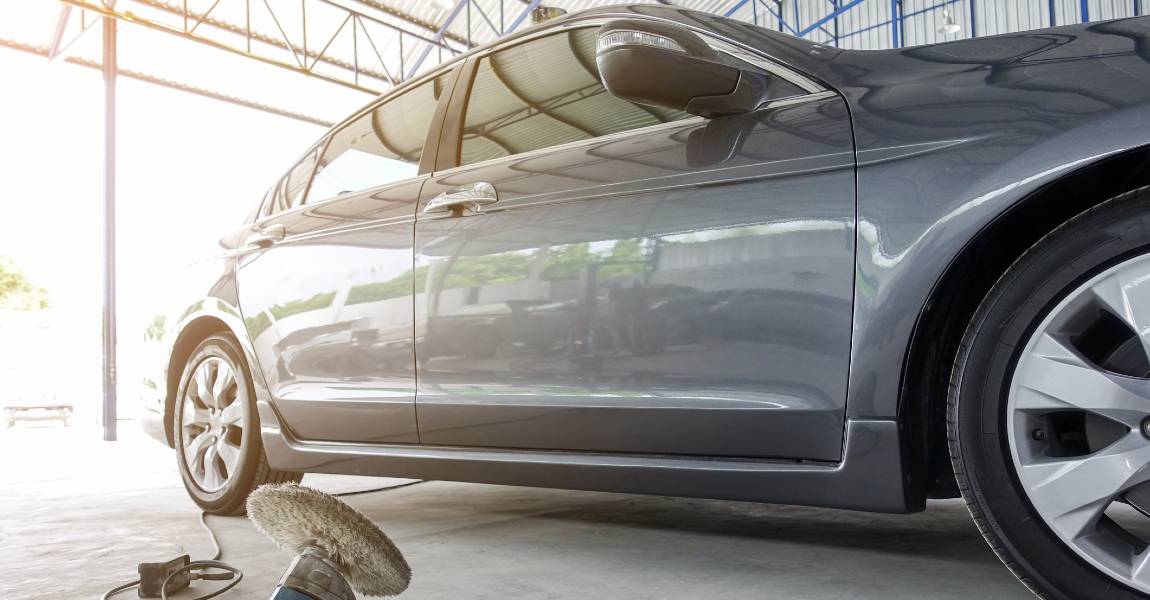
How to Find a Qualified PDR Shop Near You
When looking for a qualified PDR (Paintless Dent Repair) technician or shop near you, there are a few steps you can follow to ensure you find a reputable and skilled professional.
Here is a guide on how to find a qualified PDR technician or shop near you:
Ask for Recommendations: Ask friends, family, or colleagues if they have any recommendations for PDR technicians or shops they have used. Personal recommendations can provide valuable insights and give you confidence in the quality of service provided.
Research Online: Use search engines, online directories, and review websites to research PDR technicians or shops in your local area. Look for technicians or shops with positive reviews, high ratings, and a good reputation within the community.
Check Certifications and Training: Look for PDR technicians or shops that have certifications or training from reputable organizations such as the National Alliance of Paintless Dent Repair Technicians (NAPDRT) or the Inter-Industry Conference on Auto Collision Repair (I-CAR). These certifications indicate that the technician or shop has undergone proper training and has the necessary skills to perform PDR effectively.
Review Portfolios and Before/After Photos: Most reputable PDR technicians or shops will have portfolios or galleries showcasing their previous work. Take the time to review these portfolios and look at before and after photos of their repair work. This will give you an idea of their expertise and the quality of their repairs.
Request Estimates: Contact a few PDR technicians or shops and request estimates for the dent repair work you need. Compare the estimates to ensure they are reasonable and competitive. However, keep in mind that the cheapest option may not always be the best, as quality and expertise should be prioritized.
Ask about Warranties or Guarantees: Inquire about any warranties or guarantees offered by the PDR technician or shop. Reputable professionals will stand behind their work and ensure they will fix any issues arising after the repairs.
Consider Convenience and Availability: Consider the location, operating hours, and availability of the PDR technician or shop. It is essential to find a technician or shop that is easily accessible and can accommodate your schedule.
Seek Insurance Approval: If it is covered by insurance, check with your insurance provider to see if they have any preferred or recommended PDR technicians or shops. Working with an approved technician or shop can simplify the insurance claim process.
By following these steps, you can find a qualified PDR technician or shop near you that meets your needs and provides reliable and high-quality dent repair service.
Conclusion
In conclusion, while DIY repairs may seem like a cost-effective option, it is essential to consider the potential risks and limitations. For guaranteed results and a professional touch, it is recommended to seek the expertise of a professional PDR technician. Contact us today!
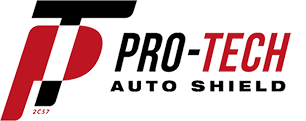



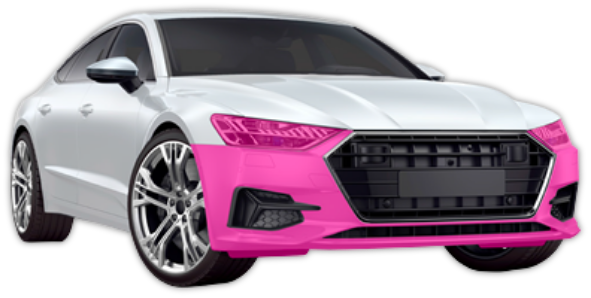
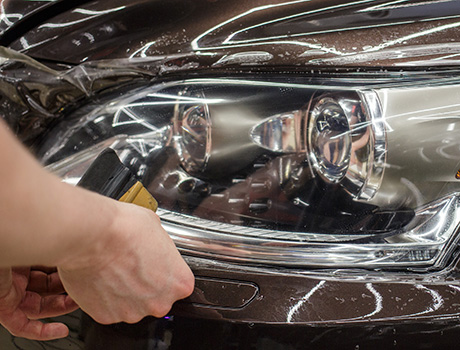
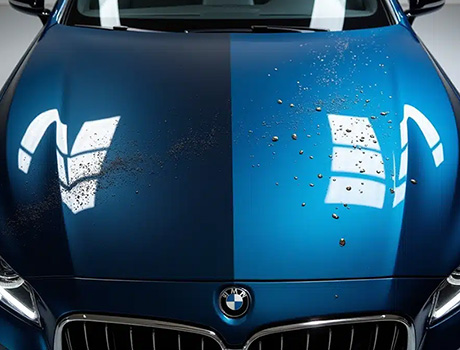

WHAT OUR CLIENTS ARE SAYING